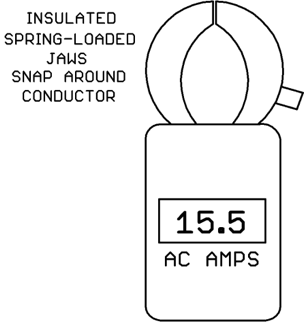Electromatic
Senior Member
- Location
- Virginia
- Occupation
- Master Electrician
I recently noticed that one of my multimeters (a rather inexpensive Klein MM400) gives a reading of about 1/2 what it should be if I take a mA reading with the test probes connected opposite of what the polarity should be. Has anyone experienced this? It may have done it out of the box; I've only had it a few months. I might contact Klein and see if it's an issue.

